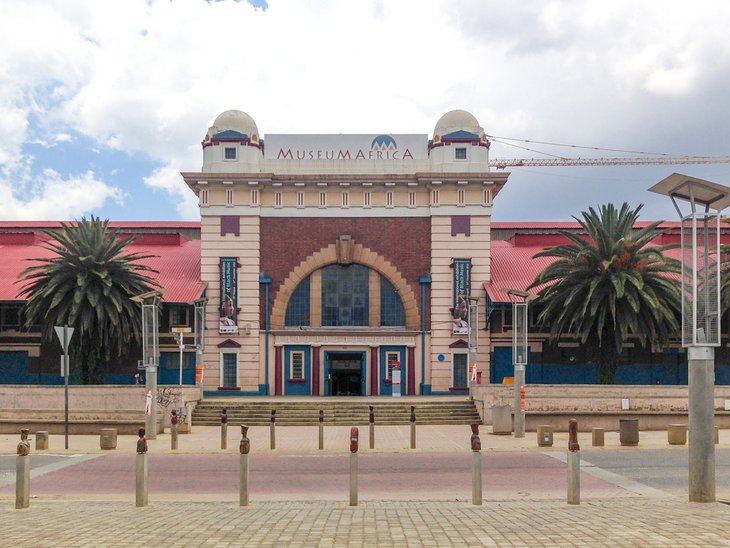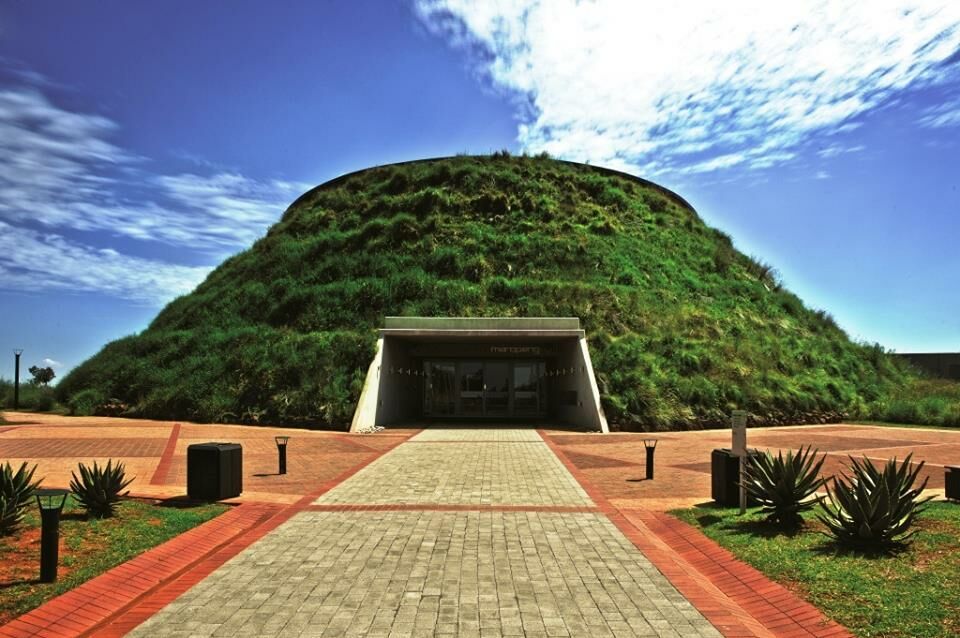What Does Johannesburg North Attractions Mean?
What Does Johannesburg North Attractions Mean?
Blog Article
The Best Guide To Johannesburg North Attractions
Table of ContentsAn Unbiased View of Johannesburg North AttractionsUnknown Facts About Johannesburg North AttractionsSee This Report on Johannesburg North AttractionsJohannesburg North Attractions for BeginnersNot known Details About Johannesburg North Attractions Johannesburg North Attractions Fundamentals Explained
The city expanded on the side of the Witwatersrand Main Reef, a below ground stratum of gold-bearing quartz-silica conglomerate that arcs for hundreds of miles underneath the Highveld - Johannesburg North attractions. Most of the gold mines in the city stopped operation in the 1970s, but in its day the Witwatersrand gold market accounted for more than 40 percent of the world's annual gold production.Johannesburg has a temperate climate. Summertime temperature levels average regarding 75 F (24 C); winter season temperatures average concerning 55 F (13 C) and only occasionally dip below freezing. The city takes pleasure in regarding eight hours of sunlight daily in both winter months and summer. Rain standards regarding 28 inches (700 millimetres) per year, but the complete differs considerably from year to year.
What rain the city receives drops virtually solely in the summer months, commonly in incredible late-afternoon electrical storms., where many residents still rely on coal for gas.

The smart Trick of Johannesburg North Attractions That Nobody is Talking About
The balance of the city is inhabited by whites. Lodging differs in personality and quality.
Physical growth, although rather limited by transportation, proceeded swiftly as immigration to South Africa, and Johannesburg in certain, enhanced considerably. This trouble was fixed in the 1930s when the car was presented in automation to South Africa. Cars were, essentially, confined to the well-off, and allowed them to move to the north of the city and commute right into the centre.
The majority of poor residential areas were mixed, with poor blacks and whites living together, although the wealthy residential areas were usually scheduled for whites. This changed with the election of the National Celebration in the 1948 elections, that began to formalise the system called discrimination. Racism formally marked which residential areas each race could live in under the Group Locations Act.
The estimated population of the area is 200,000, [] yet the number of people living in the inner city on an informal basis is unknown, as many are illegal aliens. Many higher-income homeowners and white people have transferred to the northern suburbs and have actually been changed by lower-income black individuals. The unemployment, education, and age profiles of the location are all unidentified, as a result of the problem of getting trustworthy info regarding the area.
Johannesburg North Attractions for Beginners
Centred on the CBD, the area includes the suburbs of Yeoville, Bellevue, Troyeville, Jeppestown, and Berea to the east. To the west it spreads out to Pageview (Johannesburg North attractions) and Fordsburg. There are small enterprise zones to the south, such as City West-Denver and Benrose. Around 800,000 commuters travel through the internal city every day, and it works as a local buying node for site visitors from the southerly residential areas. Yeoville and Bellevue have a mix of home buildings and solitary household devices on small lots. The area lies on a hilly divide that ranges from east to west. The most noticeable geographic feature is Observatory Ridge, which is named for the huge observatory located on it. The recreational areas are no more used, because of safety troubles.

Johannesburg Stadium, a training school for both the Golden Lions and Orlando Pirates, is nearby. The eastern suburban areas of Johannesburg are situated in the city's 7th [] and 9th [] areas. The location is likewise functionally integrated with East Rand border communities outside of the main boundary of Johannesburg, such as Bedfordview and Edenvale (both component of Ekurhuleni Metropolitan Town).
8 Easy Facts About Johannesburg North Attractions Shown
The eastern suburban areas are some of the earliest locations of Johannesburg, there are large neighborhoods of Jewish and other European histories, the bulk of the population is English speaking. There are 3 golf programs as well as a number of protected ridges with viewsites.
The area is mostly made up of old "matchbox" homes, or four-room residences developed by the federal government, that were built to supply economical lodging for black employees during racism. Soweto is an acronym, meaning "South Western Townships". Street after road in this area is lined with matchboxes; nevertheless, there are a couple of smaller sized areas where flourishing Sowetans have actually built houses that are a lot more similar in stature with those in even more upscale suburbs.
Hostels are one more prominent physical attribute of Soweto. Originally developed to house male migrant employees, numerous have actually been boosted as homes for see it here couples and families. The N1 Western Bypass skirts the eastern limit of Soweto. The suburban area was not historically enabled to develop employment centres within the area, so nearly all of its homeowners are commuters to other components of the city.
Things about Johannesburg North Attractions
The N1 Western Bypass attaches the northern suburbs with the north-western residential areas. The houses in the northern suburbs are mostly formal, without substantial locations of informal housing, or housing that does not have a long-term framework. This is a well-known location, there is a pattern of land usage change from household to business, particularly along primary arterial roads and around recognized nodes.
The location is well connected to roadway networks, specifically along the north-south axis created by the M1 and N1. Roads to the eastern and west are less well created, as there are no freeways travelling in that direction. In the direction of the northern border of the city, the density of development reduces, leaving large locations of undeveloped land around Midrand.
The Definitive Guide for Johannesburg North Attractions
, which is located on a hill ignoring the inner city and Hillbrow.
Report this page